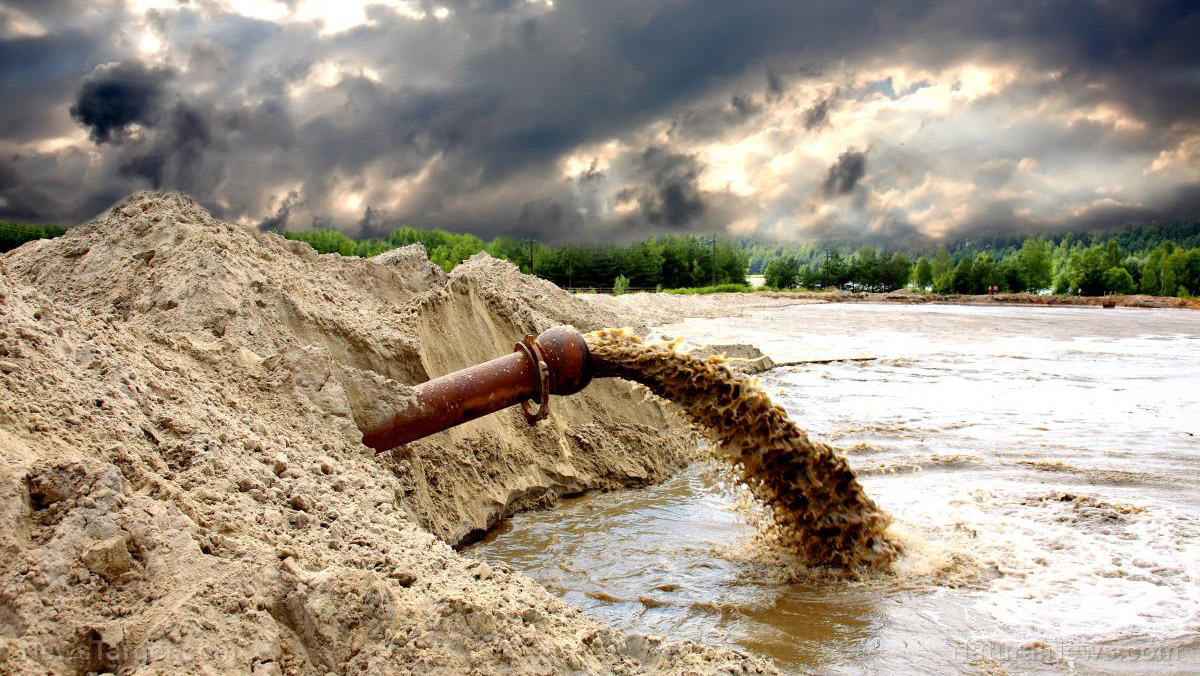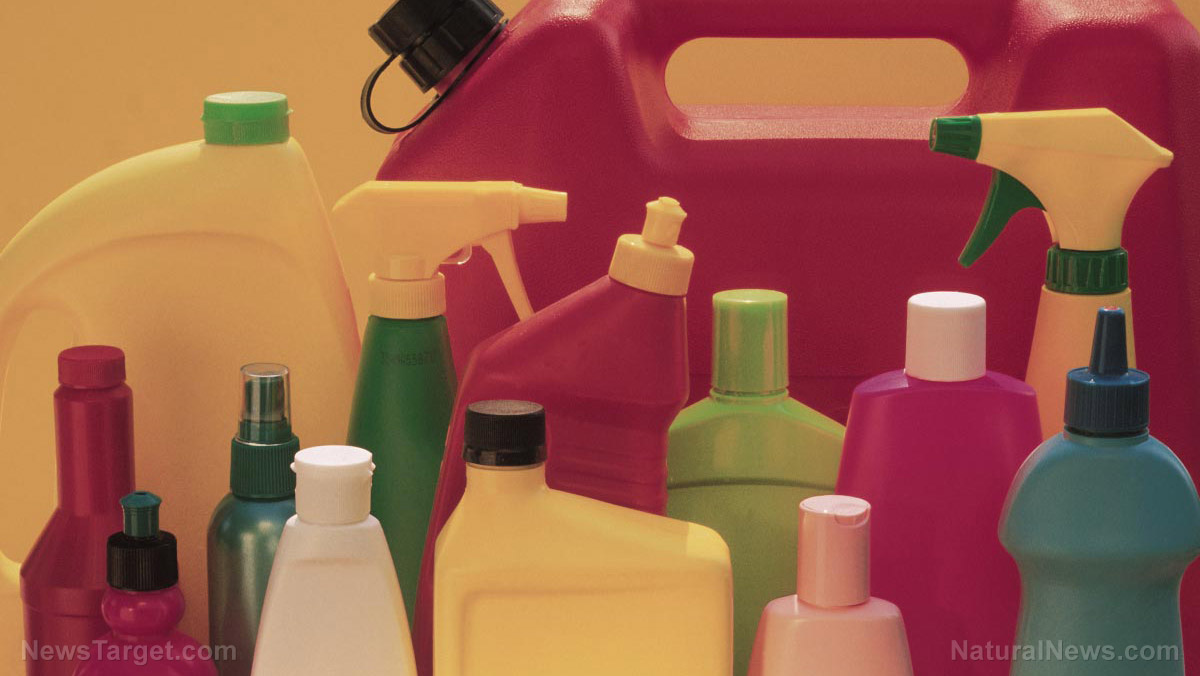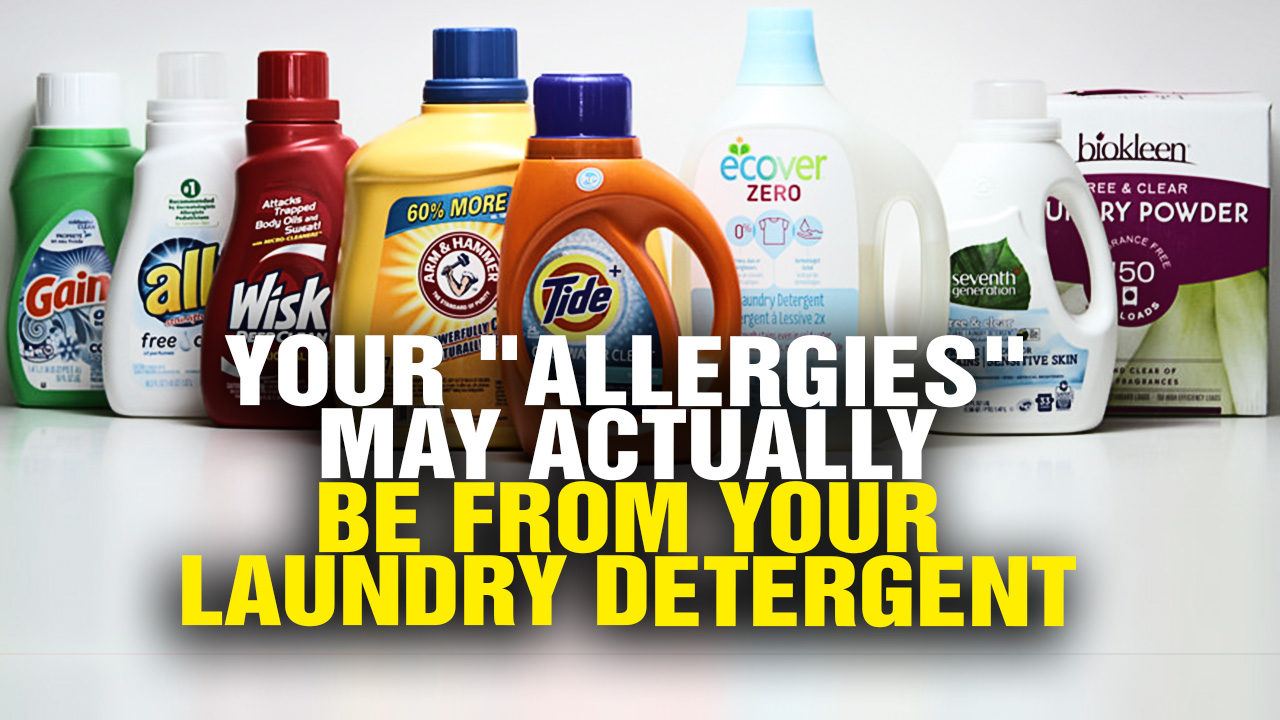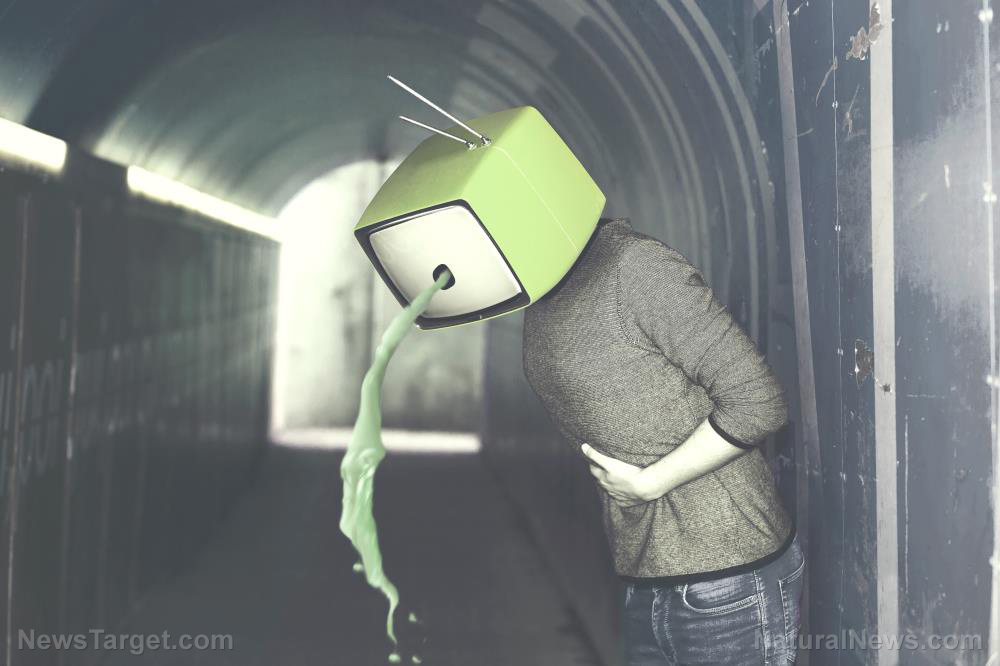The sickening truth about disinfecting wipes: They are made from toxic ingredients that can cause cancer
06/19/2018 / By Isabelle Z.
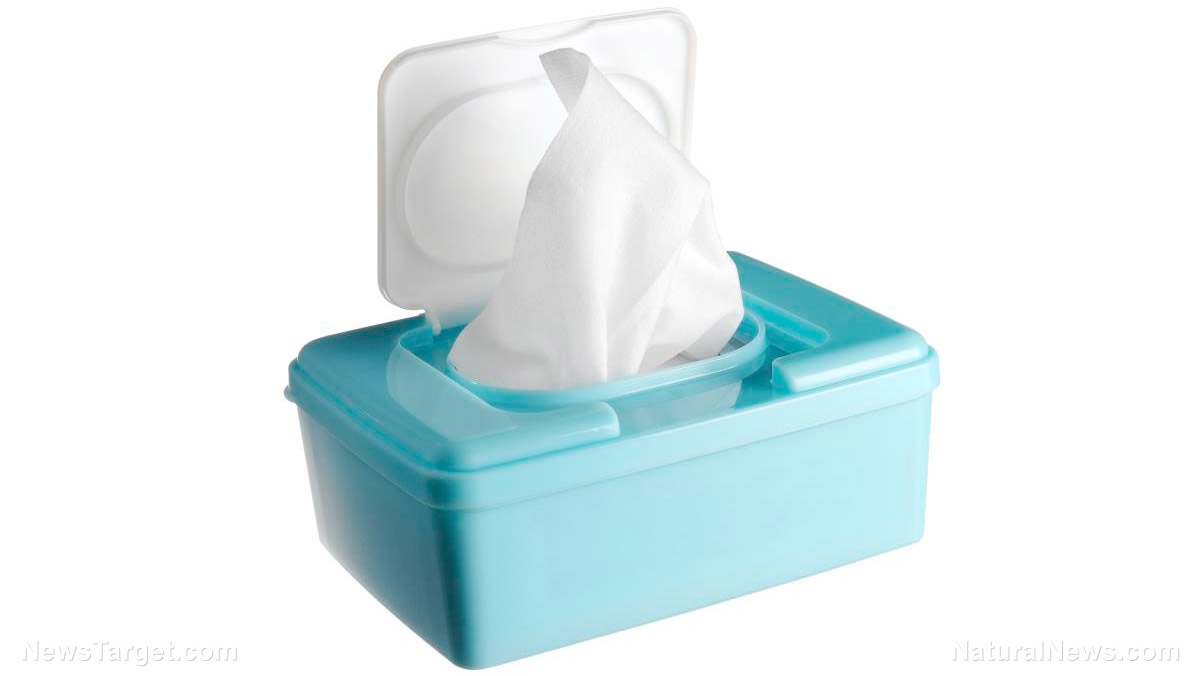
If you use disinfecting wipes, it’s likely because you want to rid your home of germs. They might do a good job of accomplishing that task, but you could be introducing something that is potentially even more harmful when you use them.
In fact, the EPA regulates disinfecting wipes as pesticides, which actually makes sense when you consider that they are meant for controlling germs, which are a type of pest. That’s also why you’ll find instructions on using the product for killing pests on the label, as well as first aid directions for accidental exposure.
Just what is in these pesticide wipes that you’re spreading all over your kitchen and other important surfaces on the pretense of “good health”?
Most of them contain toxic quaternary ammonium compounds. Also known as “quats,” these compounds can cause allergies and asthma, and they can irritate your lungs, eyes and skin. If you see terms like “Alkyl C12-18,” “Alkyl C12-14,” or “n-Alkyl dimethyl benzyl ammonium chloride” on the ingredients list, it’s time to start shopping for a replacement. Quats have also been linked to reproductive problems.
Some wipes contain cancer-causing ortho-phenylphenyl. Premoistened wipes contain chemicals like parabens and formaldehyde releasers to stop bacteria from growing within the package. If your wipes contain chlorine bleach, you should know that it’s been linked to asthma.
You need to use extra care around children, who are even more susceptible to pesticide dangers from disinfectant wipes. Their smaller size and developing organs make them highly vulnerable, so they should never use the wipes. Moreover, limited exposure to living bacteria can help to boost people’s immune systems. Excessive disinfectant use has been cited as a contributor to the rise of superbugs.
Keeping your home clean without using dangerous chemicals
So what should you do if you’re worried about germs? Consider this: There isn’t any evidence that using disinfectants to clean is better at preventing illness than the standard soap-and-water approach. In fact, experts have called for offices and classrooms to stop using these wipes, advising that they’re only appropriate in certain situations, such as cleaning up bodily fluids from a person who has a contagious illness. In those cases, however, you’d be better off opting for disinfectants whose active ingredients are safer. Some good choices include lactic acid, citric acid, caprylic acid, or hydrogen peroxide.
Wet clothes or paper towels work surprisingly well, but if you want to give your cleaning efforts some extra strength, consider using some essential oils inside a spray bottle. Lemon, peppermint, tea tree, and thyme oil can all get the job done while adding a pleasant and safe fragrance at the same time.
In fact, giving up toxic wipes in favor of soap and water could actually leave your surfaces cleaner. That’s because, as the Environmental Working Group points out, most people don’t use these wipes properly in the first place. They generally need to remain on the surface you wish to disinfect for a period of time; the instructions will say how long a particular product needs to stay on the surface. Keeping a surface wet for four to ten minutes, as directed on many labels, can take up a lot more wipes than you might think.
After doing that, the surface needs to be rinsed with water. If you were disinfecting a cutting board or kitchen counter that might come into contact with food, it also needs to be washed again before using.
Thankfully, these toxic wipes aren’t really necessary for most situations, and you should have no trouble getting by with the tried-and-true method of cleaning with soap and water. You’ll save a lot of money, and best of all, you won’t be putting your family’s health in danger or contributing to the superbug problem.
Sources for this article include:
Tagged Under: allergies, asthma, chemicals, child health, clean home, cleaning products, dangerous chemicals, disease causes, disinfectant wipes, disinfecting, environment, household products, parabens, poison, prevention, quats, superbugs, toxins








